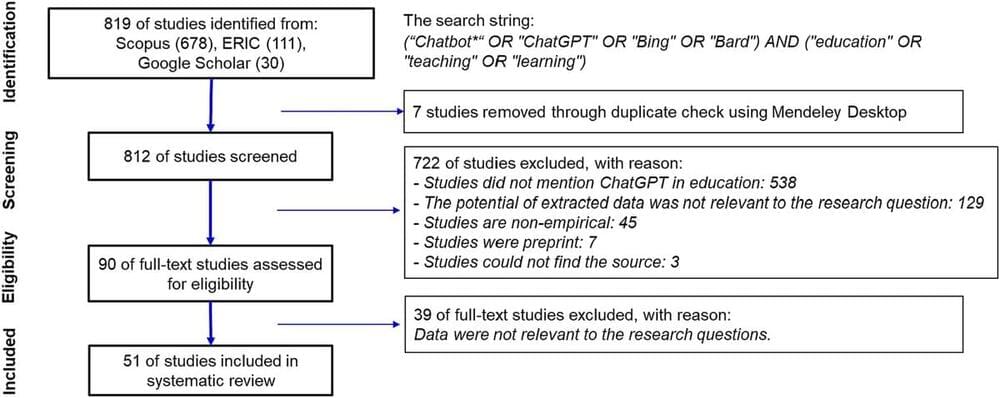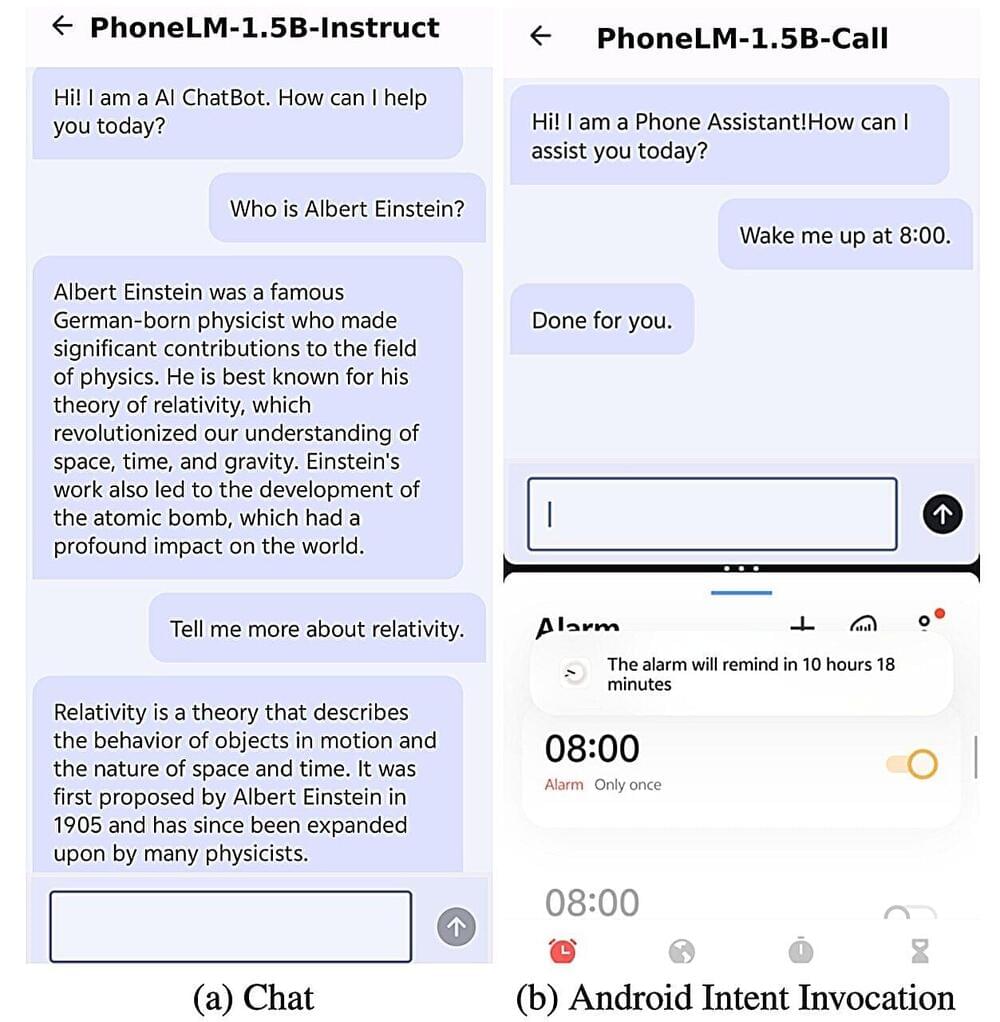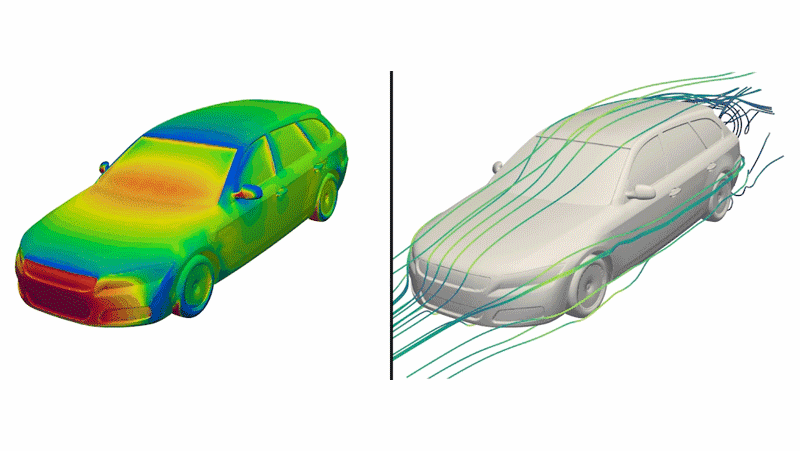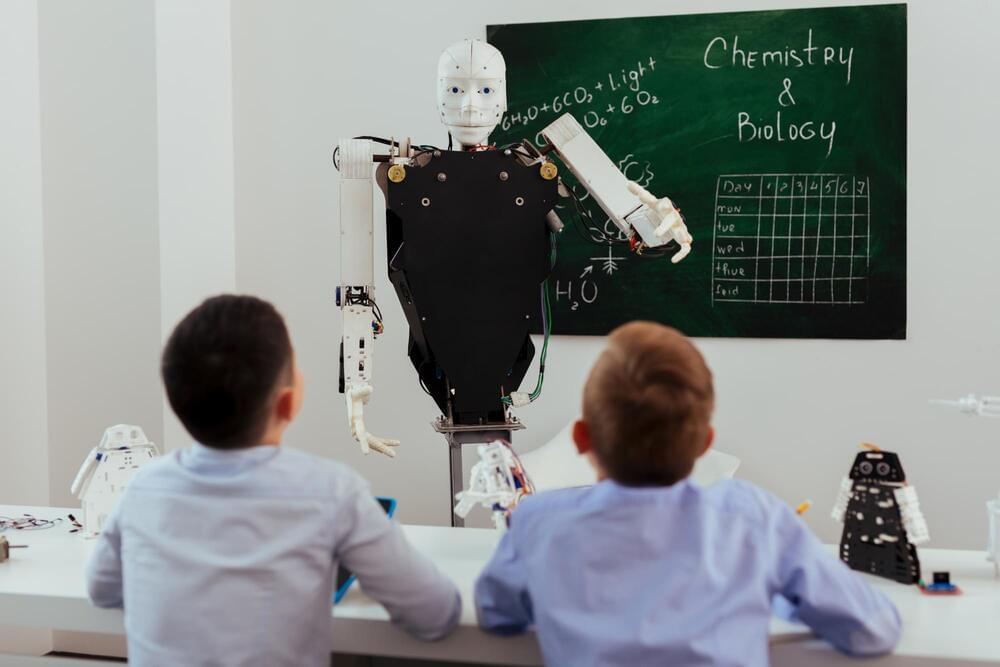One used AI to dream up a universe of potential CRISPR gene editors. Inspired by large language models—like those that gave birth to ChatGPT—the AI model in the study eventually designed a gene editing system as accurate as existing CRISPR-based tools when tested on cells. Another AI designed circle-shaped proteins that reliably turned stem cells into different blood vessel cell types. Other AI-generated proteins directed protein “junk” into the lysosome, a waste treatment blob filled with acid inside cells that keeps them neat and tidy.
Outside of medicine, AI designed mineral-forming proteins that, if integrated into aquatic microbes, could potentially soak up excess carbon and transform it into limestone. While still early, the technology could tackle climate change with a carbon sink that lasts millions of years.
It seems imagination is the only limit to AI-based protein design. But there are still a few cases that AI can’t yet fully handle. Nature has a comprehensive list, but these stand out.







